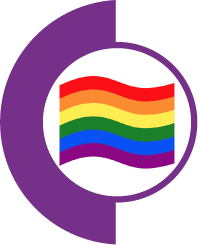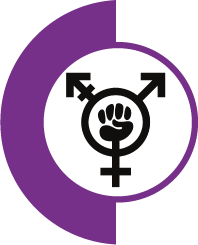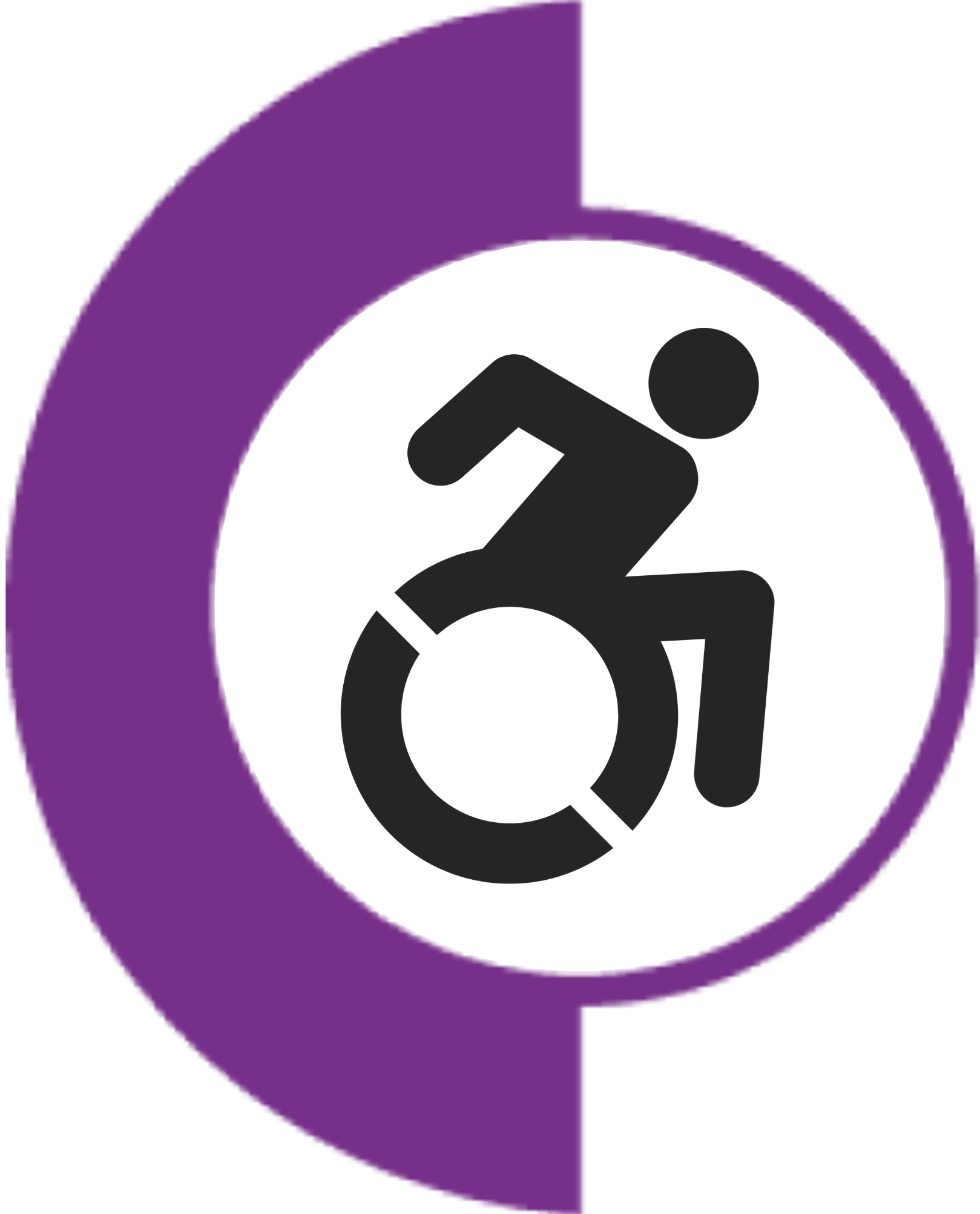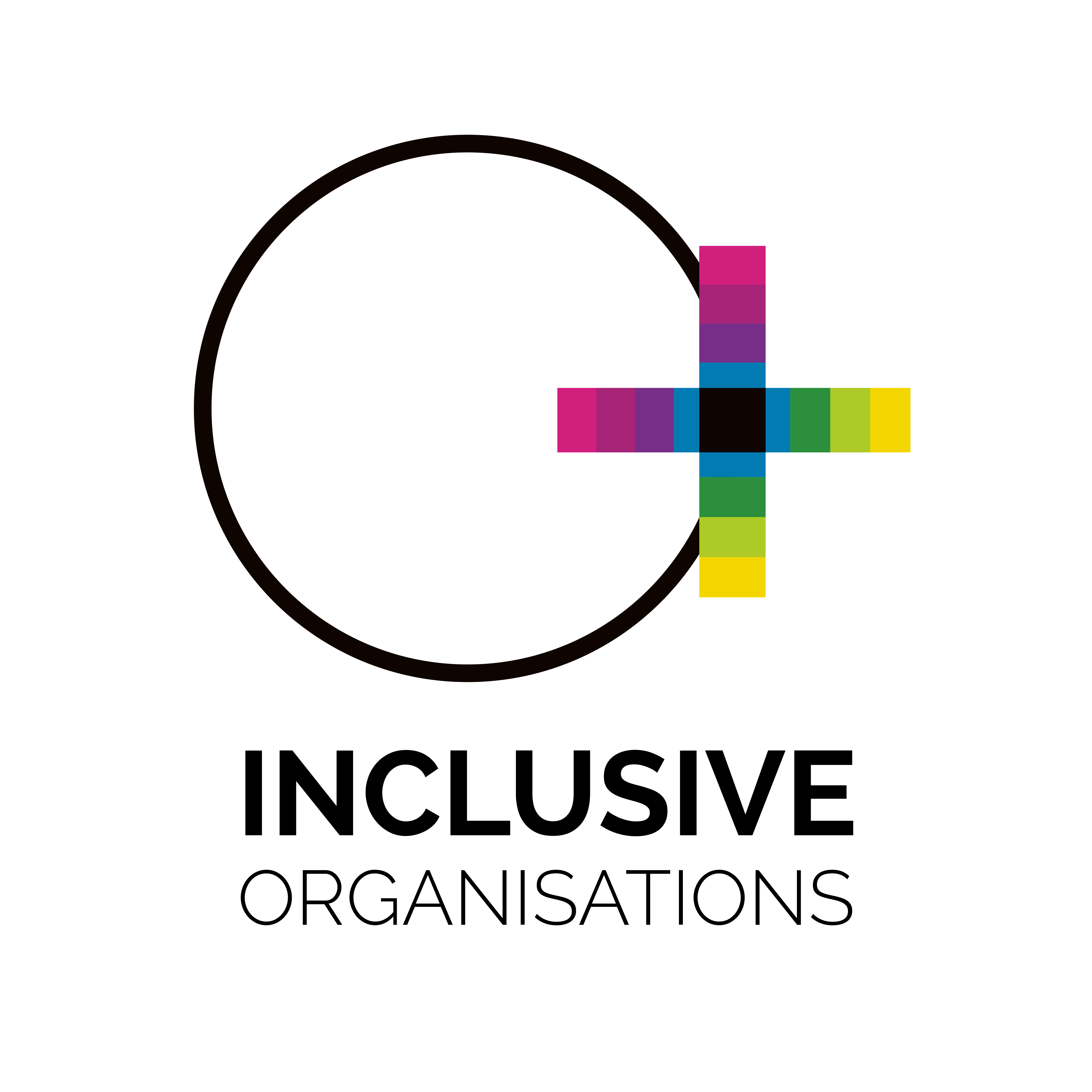
WHY AN INCLUSIVE ORGANISATION?
Many youth organisations in Europe face a significant challenge: while they are open to all young people, their participants tend to come from a homogeneous background. Most of those involved have access to higher education, are middle-class, white, heterosexual, citizens, and able-bodied. Young people from marginalised groups often hesitate to join, feeling that the organisation might not be welcoming to them.
Inclusion involves awareness, acceptance, respect, and understanding. It is characterised by providing equal opportunities for participation, where each person is valued for their unique skills, experiences, and perspectives. Creating an inclusive environment in organisations means empowering individuals from diverse and marginalised backgrounds, enabling them to realise their potential.
WHAT IS AN INCLUSIVE ORGANISATION?
To foster an inclusive culture, it is essential that people feel valued, heard, and respected. This involves implementing organisational practices that ensure cultural and social acceptance, welcoming, and equal treatment of various groups and individuals. Inclusive organisations not only involve individuals from diverse backgrounds but also prioritise being learning-centred. They value the perspectives and contributions of all people and integrate the needs, strengths, and viewpoints of marginalised communities into their program design and implementation. Additionally, these organisations recruit and retain diverse staff and volunteers to accurately reflect the communities they work for and with.
The Inclusive Organisations project, with its certification scheme and educational modules, aims to address these issues and provides guidance on how to better support the participation and inclusion of young people facing various levels of discrimination and exclusion. It recognizes the importance of representation and offers strategies to create a more diverse and representative team of individuals who have experienced marginalisation.
WHO DO WE STRIVE TO INCLUDE?
Marginalised groups of young people face systemic and institutional oppression, which can result in limited access to or exclusion from social, cultural, economic, and political engagement. Marginalisation commonly occurs due to factors such as social class, ethnicity, citizenship status, religious background, sexual orientation, ability, age, and gender. Additionally, those living in rural areas with limited access to services also experience marginalisation. It is crucial to understand that these behaviours and consequences are the results of marginalisation, not its origins. Marginalisation stems from systemic oppression faced by individuals because they belong to communities experiencing higher levels of inequality.
Inclusive Organisation’s focus was on six main marginalised youth groups and their relative systems of oppression they face in society. Of course, each person can be affected by more than one system of oppression. For the sake of this project, we decided to put our focus on each system individually, so as to better understand their effects on youngsters and clearly analyse the intersections between different oppressions.
Specifically, the six main marginalised youth groups are:

LGBTIQ+ youth
LGBTIQ+ youth are young people who experience homophobia, biphobia, transphobia or other forms of violence due to their sexual orientation, gender identity and/or gender expression. They are oppressed by Cisnormativity and heteronormativity.

Young FLINTA*
Young FLINTA* are girls and young women, including transgender youth, as well as non-binary, agender and intersex youth who experience sexism and other forms of violence and discrimination based on their gender. They are oppressed by one main system of oppression: Patriarchy

Young Romanì and Travellers
Young Romanì and Travellers are young people who experience Antigypsyism and Romaphobia and other forms of racialised violence and discrimination. They are oppressed by one main system of oppression: Racism.

Young people of colour, ethnic and religious minorities, young migrants
Young people of colour, ethnic and religious minorities, young migrants are young people who experience racial discrimination, xenophobia and/or islamophobia. They are oppressed by one main system of oppression: Racism.

Young people with disabilities
Young people with disabilities are young people who experience discrimination and stigma based on physical and/or mental abilities. They are oppressed by one main system of oppression: Ableism.

Youth at risk of poverty and social exclusion
Youth at risk of poverty and social exclusion or youth from lower socio-economic backgrounds are young people who experience exclusion and discrimination due to lack of financial and other resources. They are oppressed by one main system of oppression: Capitalism.

For more information, glossary and inputs on the matter we suggest you to take a look to the Manual .


